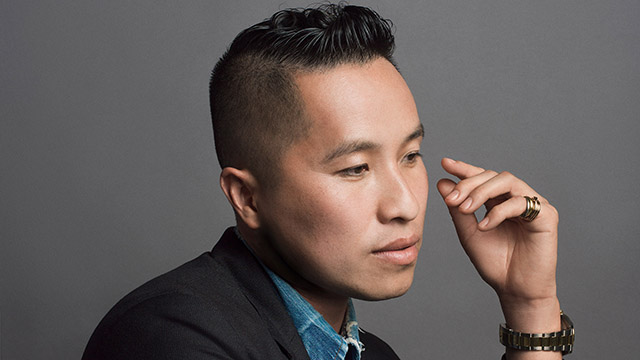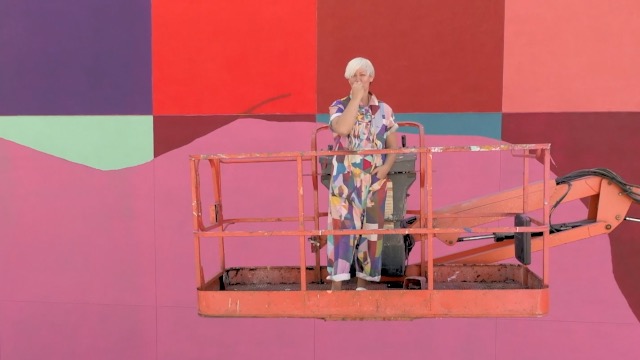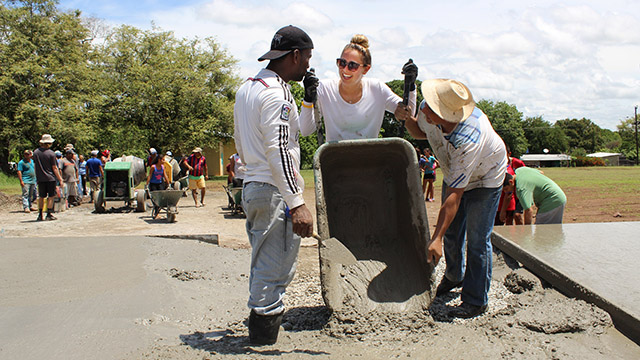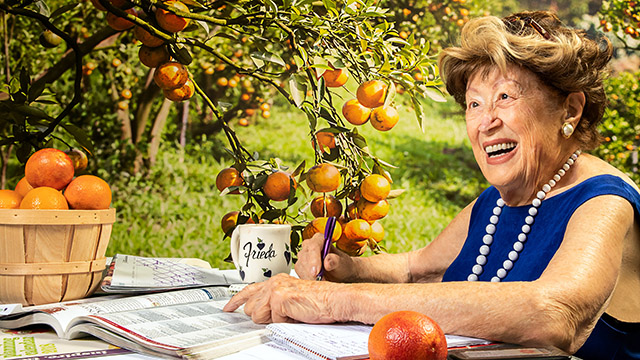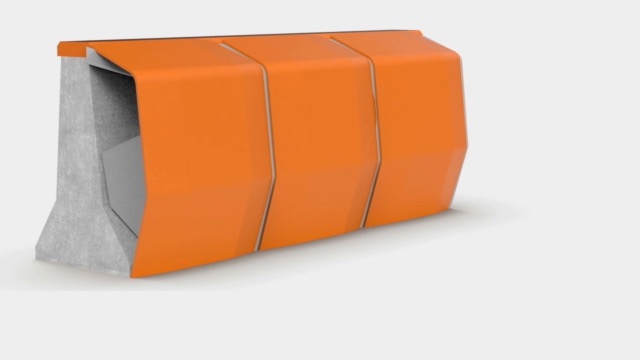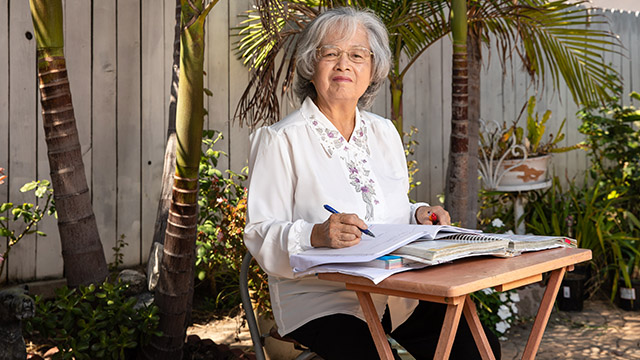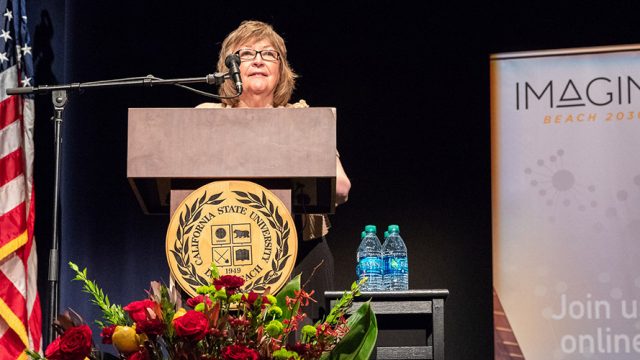Theater’s Fall Guy
Ezra LeBank is, literally, always falling down on the job.
As the head of Movement in the Theatre Arts Department at Long Beach State University, LeBank teaches students how to use their bodies to communicate a story. One of his specialties is the art of stage combat, which means teaching and demonstrating things like how to take a punch, how to throw a punch, and how to – safely – fall down.
LeBank is trained in theater and movement and known internationally as an expert in partner acrobatics, contact improvisation, stage combat and clown. He recently co-authored a book with USC’s David Bridel called “CLOWNS: In Conversation with Modern Masters”, which explores the art of clowning through conversations with 20 master artists.

He admits that it’s often difficult for non-theater folks to understand what movement or physical theater is, but LeBank believes the techniques he teaches in his classes are beneficial for everyone. “I’m always deeply aware of how superficially we communicate when we’re only talking. …. Movement teaches us about essential layers of meaning, context and subtext in how we relate to ourselves and others,” he said.
LeBank’s stage combat classes in particular are unique at Long Beach State, because he said it teaches students to incorporate acrobatics in stage combat and incorporate narrative and composition into their coursework. In short, he teaches how to tell a story that involves a fight without ever throwing a 1-2 punch. That means even students who don’t plan to become physical actors can learn to use their whole bodies to convey a message.

“Most of the students here have never heard of physical theater or stage combat, so when we begin, I focus on educating them about possibilities,” LeBank said. “It’s so interesting when they learn, because the students have a deepened personal sense of what it means to make physical theater.
“Once they’re educated in those structures or concepts, it’s joyful to share the secrets and tools with them about how you create this kind of performance because it speaks to young artists in a visceral way. It’s natural for them to imagine and create dynamic images and it allows them to use their energy, strength and eagerness to participate in a way that is really fruitful.”
Movement, whether it’s in the movies, television or live on stage comes down to understanding a few basic principles, according to LeBank. The first, he said, is understanding how to improvise and teaching actors how to be safe in the unknown. Then, there’s the whole falling thing.
“Or what I like to call ‘moving floorward’ so that students aren’t afraid of hurting themselves,” he said.
Theater students also are taught basic acrobatic skills, so they understand how to create images out of their bodies both alone and in an ensemble. They tell stories through building dynamic shapes that suggest characters, landscapes, and objects. This work fuses classical mime and clown techniques with acrobatics and biomechanics.

“There’s a kind of ethos here where students arrive and they’re hungry and ready to work and they’re so excited to learn and create,” LeBank said. “There is a sense of eagerness and openness, and there’s zero entitlement. So, you have a group of people where everyone’s ready to do whatever they can to help, and it breeds a real sense of ensemble and community.”
LeBank’s interest in movement was inspired by a range of creative movers – from Charlie Chaplin’s slapstick routines and Buster Keaton’s stunts, to Pilobolus Dance Theatre and Cirque du Soleil.
“The work they did is still some of the best that’s ever been done,” LeBank said “They’re so specific and virtuosic and political and engaged. Bringing the brilliance from the silent film era into conversation with spectacle and ensemble acrobatics, students invent their own vocabularies and aesthetics to create a style of physical theatre that is entirely their own.”
LeBank’s latest production, “Alice’s Wonderland” begins Sept. 21.




